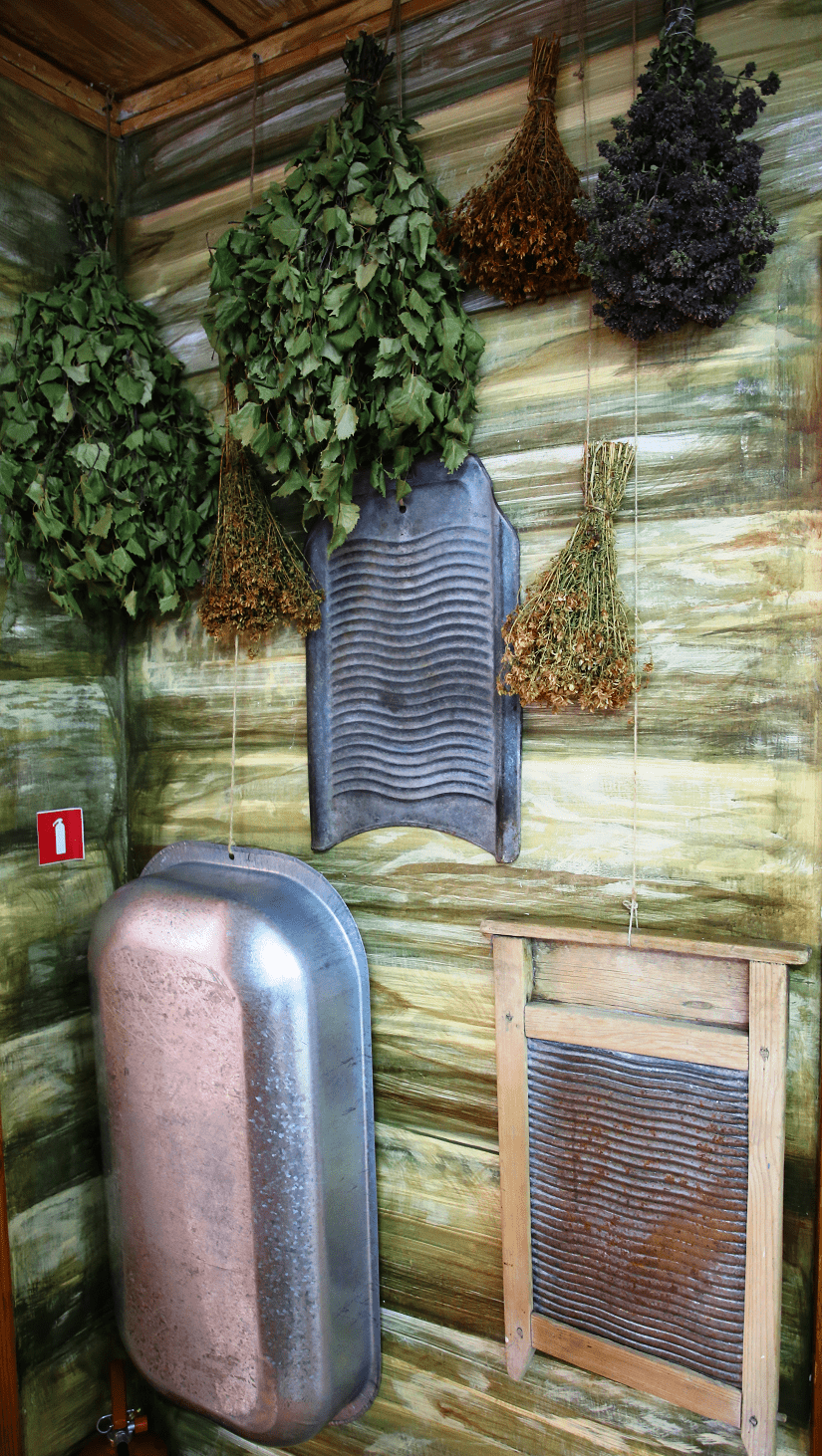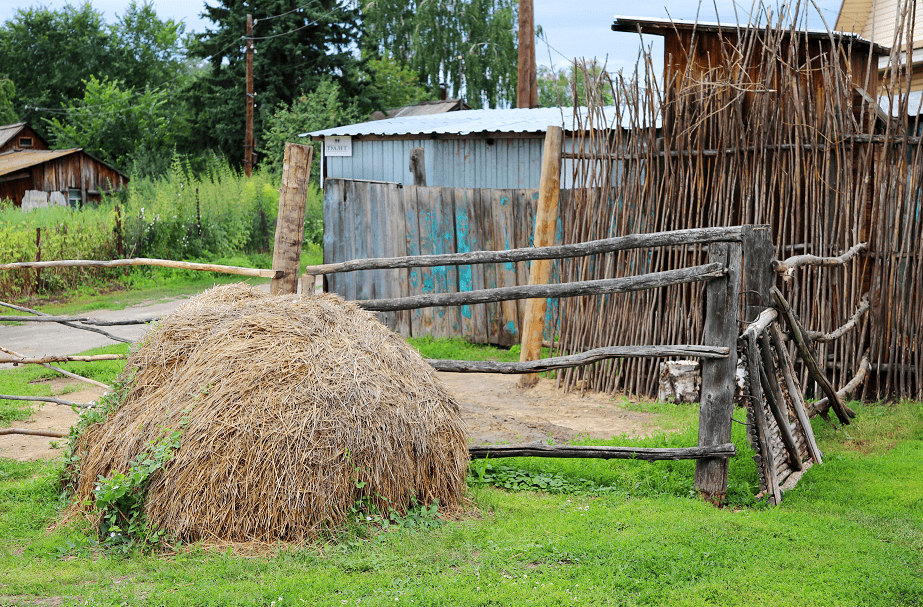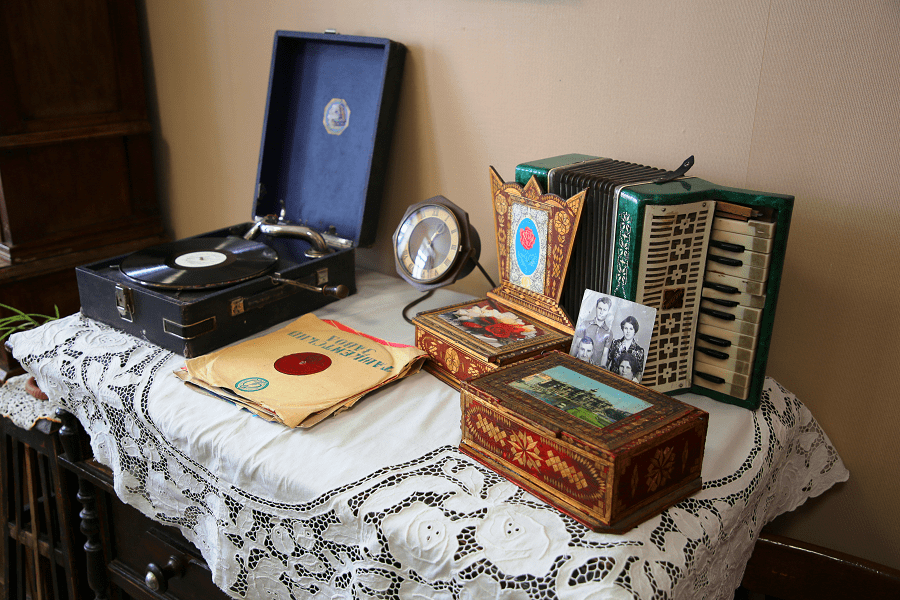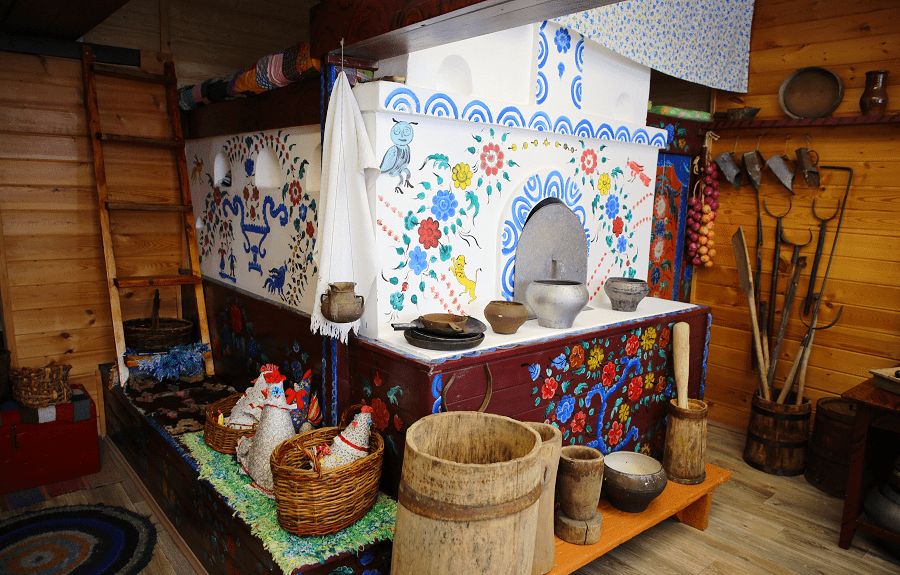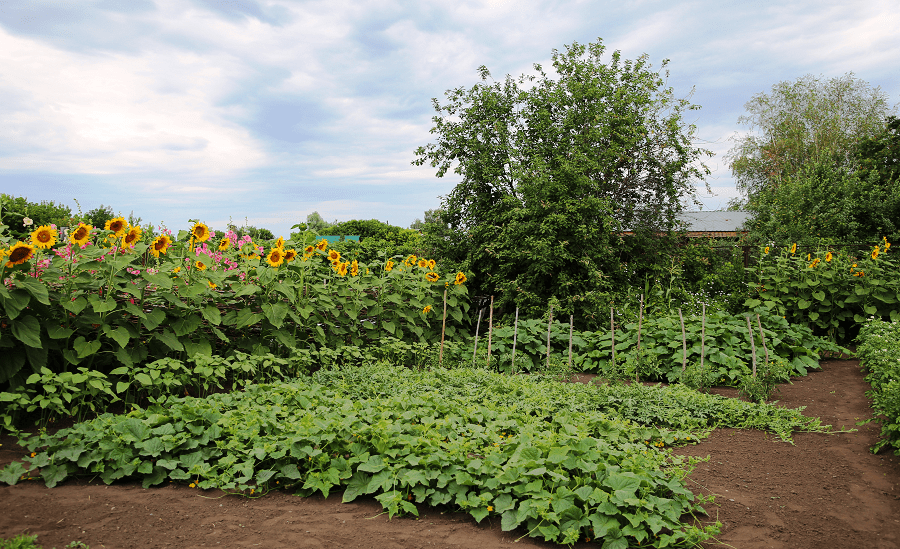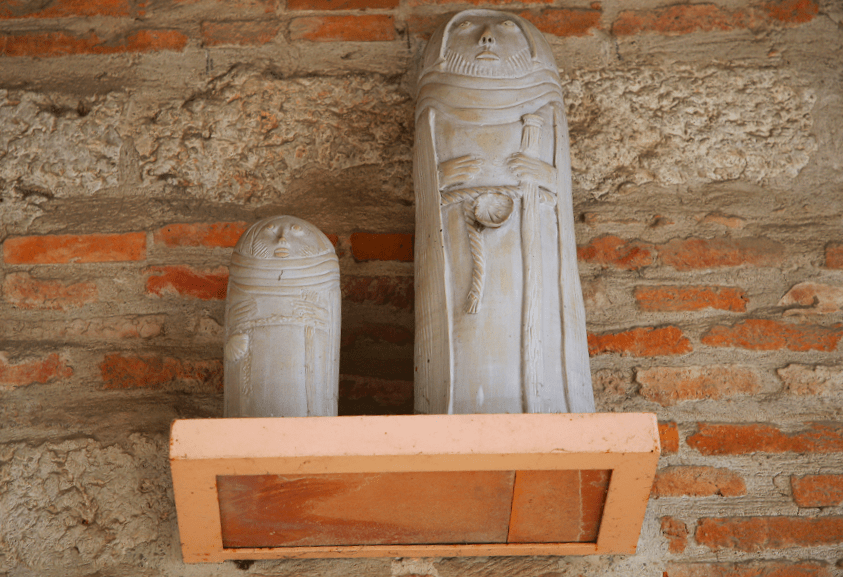Izba is a wooden frame (log) residential building in a rural wooded (plain) area in the territory inhabited by the Eastern Slavs (modern Russia).
Initially, in traditional terminology, an izba (hut) was a building or chamber of a large house-complex within four walls, heated by a cooking stove. In this latter, the hut differed from the upper room, in which there was a heating stove. There could be several huts in a house (up to eight in the famous large house-complexes of Zaonezhie).
The classic hut has a collapsible design and can be transported over considerable distances in the form of logs or floated down rivers in the form of rafts, although this is rarely practiced nowadays. At the turn of the 19th and 20th centuries, due to the spread of new types of layouts in peasant house-building and the abandonment of traditional zoning of the residential part of the house, the term began to be used less and less and its original meaning was gradually forgotten. Currently, the term hut is applied to a wooden house as a whole, which is deeply incorrect, since a house, as a rule, includes, in addition to the hut, a canopy, and possibly also an upper room, a covered courtyard, etc.
The Russian traditional dwelling, called in everyday speech an izba, is a one- or two-story log house, sometimes with plank cladding, covered with a two- or four-pitched roof. Such houses among Russian peasants dominate in the northern and middle zones of the East European Plain, and are common in the north of the southern Russian regions (Bryansk, Oryol regions, northern parts of Kursk, Voronezh and Tambov regions). With Russian colonization they penetrated into the Urals, Siberia, the Far East, and Russian America. Log house construction has become typical for many other peoples inhabiting Russia.
The typological features of a Russian peasant estate are traditionally: the structural and planning solution of the residential area, the relative position of the residential and economic functional areas, the layout of the living space, as well as the number of rooms, the vertical structure of the dwelling and the type of heating (smoke removal).
See also Living room of the 17th century (Kizhi)
See also Russian stove. Kizhi
See also Vitoslavlitsy Museum of Wooden Architecture, near Novgorod
See also Wooden architecture of Istanbul
See also Wooden architecture of Norway





